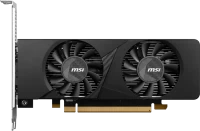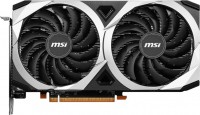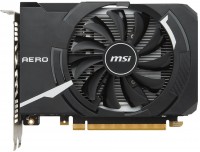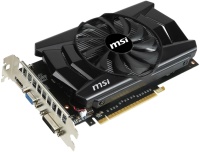Graphics Cards MSI series Ventus (many blades)
prices on 23 modelsMSI Ventus
Optimal video cards of the middle class, which stand out against the background of competitors with an extremely low noise level even with a noticeable load. The design of Ventus graphics cards is focused on maximum performance in tasks of any complexity. A custom printed circuit board, a robust two-piece design and a proprietary TORX cooling system with asymmetric impellers and a straight-contact base provide these accelerators with very serious performance with minimal noise.
The emphasis on simplicity and quality of cooling makes the Ventus line related to another "gaming" line of MSI Gaming video cards, which many gamers appreciate for its asceticism, dislike of backlights and other tinsel. The only difference is that the Ventus series is one step higher in the MSI hierarchy, so accelerators are chosen to be above average in its ranks, and the final results are slightly more expensive and more interesting.
 |
Although it all depends on the specific model. For example, for models of the GeForce series on the Turing core, MSI engineers for some reason simplified the cooling system, which is why models like RTX 2060 in Ventus design were not in particular demand among gamers. Due to the reduced number of heat pipes, a simplified radiator and an uneven contact sole, they heated up more than usual, losing their main advantage over competitors.
As already mentioned, the core of the Ventus series consists of mid- and above-average models. Most of them have an average length, overlap two slots and can fit into a medium-sized case. The only exceptions are the most powerful and hottest accelerators of the GeForce 3070 level, which do not have two coolers by status.










